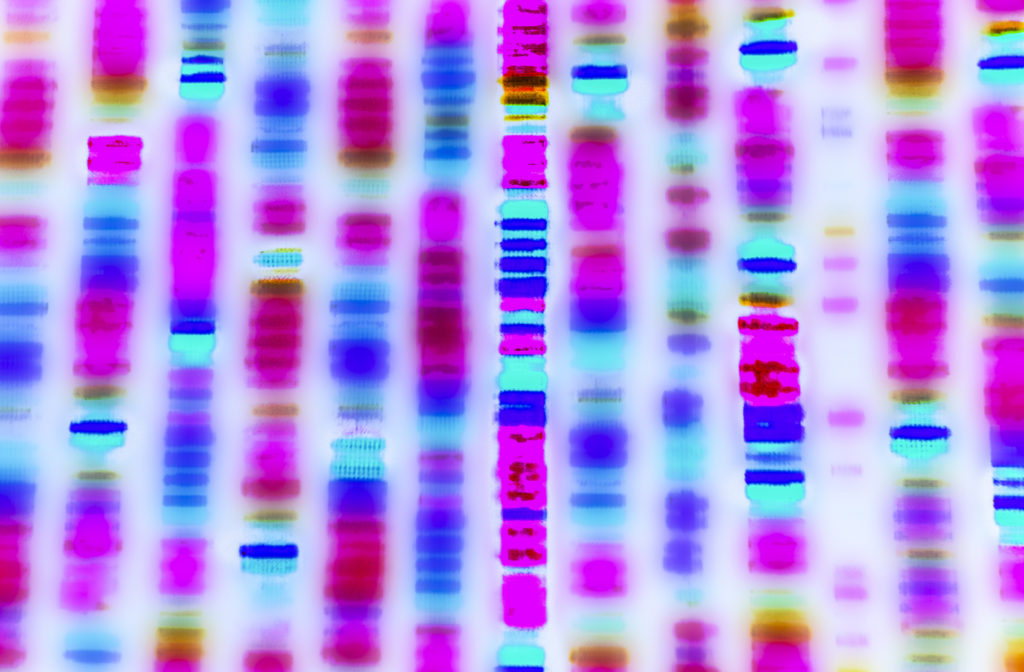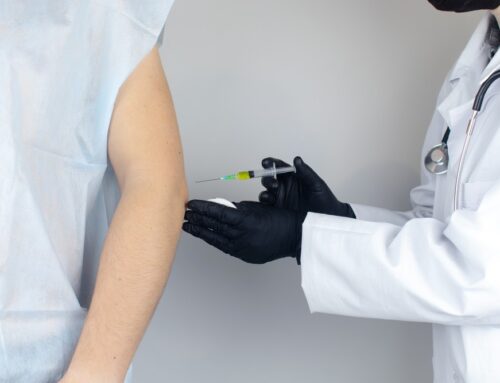Understanding how stem cells work to reduce the effects and in some cases, reverse the cycle of chronic disease, requires that we first understand how chronic disease manifests in the body. “Chronic disease” is a term that encompasses a wide range of conditions with many, varied characteristics. All chronic diseases do however, share a few common traits. These traits include a chronic ongoing immune response, which never “turns-off”. Other common traits include chronic inflammation and early cell death and turnover. Additionally, scarring and a reduction in the flow of blood occur in with chronic disease.
Normally, adult stem cells which reside in your bone marrow, blood, and fat, will mobilize in your body to repair the damage caused by wear and tear. These stem cells also fight to repair damage caused by your own immune system (autoimmune disease). They do so by “honing in” on inflammation first. These stem cells will follow a chemical path of inflammatory markers which circulate in your bloodstream when there is inflammation and guide these cells to the affected area. A process scientists call “chemotaxis”. Once they reach the affected area of inflammation, they imbed into that tissue and become those cells which comprise that tissue. Since these are healthy immature cells, they grow into healthy fully-developed (differentiated) cells. Next, they begin to proliferate and replace the dead or damaged cells and tissue. This creates new healthy tissue which can function without compromise. This is how your body works on a minute to minute basis. Constantly repairing damage anywhere, it exists in your body. When this system is not working properly, the process of chronic disease begins.
I’ve have broadly outlined the characteristics which are common with chronic disease, and how stem cells work in the body. Now we can now explain how stem cells can be used to treat chronic diseases. As I have explained, stem cells naturally travel to the areas that are inflamed by way of a chemical signal. Since this process is in some way compromised in all chronic conditions, we need a way to get the most amount of stem cells possible to the affected area. We can do this by extracting, isolating, and concentrating your adult stem cells, and then reintroducing those cells into your bloodstream. These cells are infused into your bloodsteam in a much larger numbers and concentration than they naturally occur. These stem cells act as an “army” of cells, marching toward the chronic inflammation where they will override the damaged area and replace the dead and damaged cells. Because there is such are large number of cells circulating in the blood after they are infused back into the body, their ability to heal is exponentially greater than is occurring in the body on its own.
Research and experience has shown that adipose (fat) tissue holds the highest concentration of adult stem cells in the body. These stem cells are isolated from a small sample of fat taken from the patient’s abdominal area. Once the fat sample is taken, it is processed to strip the stem cells from the fat. Then, these cells are cleaned and concentrated. This concentrated stem cell isolate can be infused into the bloodstream to treat autoimmune disease such as Crohns disease, diabetes, scleroderma, and rheumatoid arthritis. They can also regenerate damaged or aging tissue and greatly improve age-related conditions like erectile dysfunction, slowed metabolism, and fatigue. Additionally, these stem cells have been shown to significantly reduce the symptoms associated with lung conditions such as COPD.





